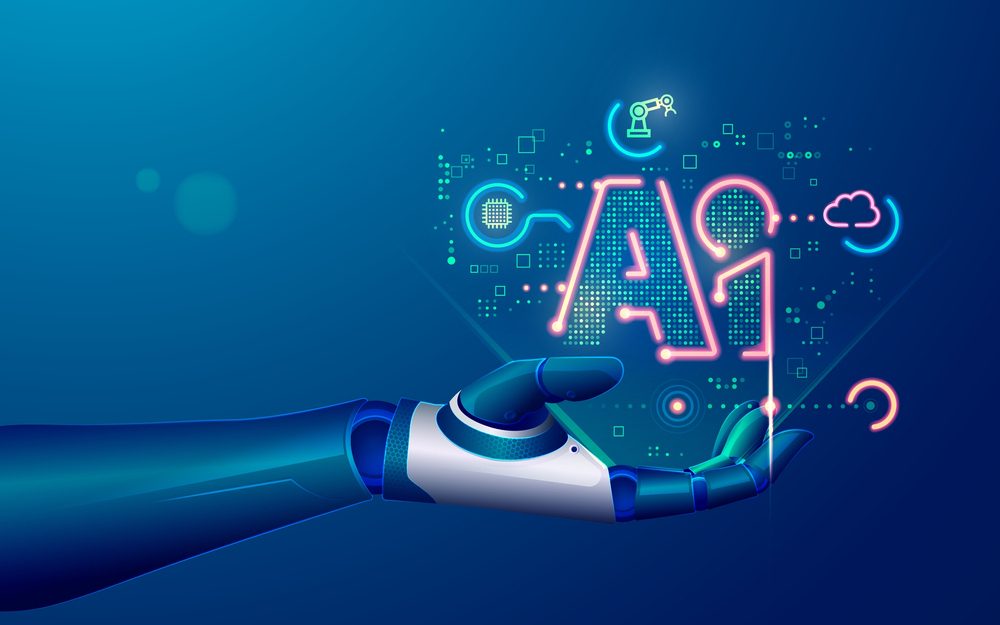Gesture recognition technology has enormous potential in various fields and industries. This technology interprets human gestures and converts them into commands, making human-computer interactions more intuitive and natural.
From healthcare and gaming to industrial automation and virtual reality, gesture recognition has the ability to revolutionize the way we interact with technology and machines. Its applications are vast, allowing for hands-free and touchless control in numerous settings. Whether it’s enabling remote control of smart devices, enhancing accessibility for individuals with disabilities, or improving user experience in virtual environments, gesture recognition technology has the potential to shape the future of human-computer interaction.

Credit: www.aratek.co
The Evolution Of Gesture Recognition Technology
Gesture recognition technology has come a long way since its early concepts. Over the years, it has undergone significant advancements, transforming the way we interact with computers and devices. From its humble beginnings to the present, gesture recognition has revolutionized various industries.
The current state of this technology holds immense potential, with endless possibilities for the future. It has the capability to enhance user experiences, streamline processes, and open up new avenues for innovation. The evolution of gesture recognition technology has paved the way for a more intuitive and immersive digital world.
By recognizing and interpreting hand and body movements, this technology has the power to bridge the gap between humans and machines, enabling seamless interactions. As the field continues to grow and develop, it holds promise for applications in fields such as gaming, healthcare, education, and more.
Applications Of Gesture Recognition Technology In Various Industries
Gesture recognition technology has seen significant advancements, making its mark in various industries. In gaming and virtual reality, it revolutionizes user experience. Smartphones and tablets are also benefiting from gesture recognition, providing enhanced usability. Moreover, this technology finds applications in healthcare and accessibility, aiding patients and individuals with disabilities.
Its potential for simplifying tasks and improving interaction is remarkable. From controlling devices to navigating virtual environments, gesture recognition technology is paving the way for intuitive and seamless experiences. This technology holds immense promise, enabling a wide range of industries to explore innovative possibilities and deliver more engaging and user-friendly solutions.
Its impact can be seen across sectors, showcasing its versatility and potential to revolutionize the way we interact with technology.
The Advantages And Limitations Of Gesture Recognition Technology
Gesture recognition technology offers numerous advantages in our daily lives. By utilizing hand movements and body language, this technology enhances user interfaces, enabling us to interact with devices in a more intuitive and natural manner. Whether it’s controlling smart home devices, playing games, or navigating through virtual reality environments, gesture recognition technology simplifies and enriches our experiences.
However, like any other technology, it also faces certain limitations and challenges. One of the key limitations is the accuracy of gesture recognition, as it may not always accurately recognize and interpret the intended gestures. Another challenge is the need for proper lighting conditions for accurate recognition.
Nevertheless, researchers and developers are constantly working towards overcoming these limitations by improving algorithms and incorporating machine learning techniques. The potential of gesture recognition technology is vast, and with continuous advancements, we can expect more accurate and seamless interactions in the future.
Exploring The Role Of Machine Learning In Gesture Recognition
Machine learning plays a crucial role in gesture recognition technology, enabling the training of accurate models. Deep learning algorithms have also made significant advancements, greatly impacting gesture recognition. These algorithms analyze and process vast amounts of data, enabling the system to recognize and interpret various gestures accurately.
By continuously learning and improving from the data input, machine learning algorithms enhance the system’s capability to classify and understand different movements. The combination of gesture recognition technology with machine learning algorithms has paved the way for more precise and sophisticated gesture-based interfaces.
As these technologies continue to evolve, the potential for gesture recognition to revolutionize human-computer interaction becomes even more promising.
The Future Of Gesture Recognition Technology
Gesture recognition technology has immense potential for the future, with emerging trends and various possible future applications. The integration of gesture recognition technology with ai and iot opens up a whole new realm of possibilities. Imagine controlling your smart home devices with a wave of your hand or interacting with virtual reality environments through natural gestures.
The coming years hold exciting predictions for gesture recognition, as more industries adopt this technology. From healthcare to gaming, education to automotive, the applications are endless. With gesture recognition, we can expect more intuitive human-computer interactions, enhancing our daily lives and making tasks easier.
As this technology continues to evolve, it will undoubtedly reshape how we interact with our devices and the digital world around us. The future of gesture recognition technology is brimming with potential, and the possibilities are endless.
Privacy And Security Concerns In Gesture Recognition Technology
Gesture recognition technology has emerged as a powerful tool, but concerns regarding privacy and security persist. The sensitive nature of user data necessitates the implementation of robust measures to ensure its protection. Regulatory guidelines should be established to govern the use of gesture recognition technology, addressing issues such as data collection and storage.
By adhering to these guidelines, organizations can enhance user trust and confidence. Additionally, data encryption and secure authentication protocols should be implemented to safeguard sensitive information. With the ever-increasing use of gesture recognition technology in various industries, it is imperative that privacy concerns are proactively addressed.
This technology has immense potential, and by prioritizing privacy and security, we can fully explore its benefits while safeguarding user information.
Challenges And Solutions In Implementing Gesture Recognition Systems
Gesture recognition technology has immense potential in various domains, including gaming, healthcare, and robotics. Implementing these systems, however, comes with its fair share of challenges. Technical hurdles often arise, such as accurately interpreting complex gestures and minimizing latency issues. Overcoming these obstacles requires a multi-faceted approach.
Firstly, developers need to employ advanced algorithms and machine learning techniques to enhance gesture detection accuracy. Secondly, optimizing hardware and software integration is essential to reduce latency and ensure seamless performance. Additionally, conducting thorough user testing and gathering feedback aids in refining gesture recognition systems further.
Several examples of successful deployments exist, illustrating the transformative power of this technology. From hand-gesture-controlled robots to immersive virtual reality experiences, gesture recognition technology continues to revolutionize how humans interact with machines. By addressing implementation obstacles head-on, we can unlock the full potential of gesture recognition systems.
Conclusion
Gesture recognition technology has undoubtedly proven its potential in revolutionizing the way we interact with digital devices. As we have seen in this blog post, gesture recognition technology has already made significant strides in various industries, from gaming and entertainment to healthcare and automotive.
Its ability to facilitate hands-free control and enhance user experiences is truly remarkable. With ongoing advancements in machine learning and artificial intelligence, we can expect gesture recognition technology to continue evolving and becoming more sophisticated in the future. As a result, we can look forward to a world where physical gestures become an integral part of our daily interactions with technology.
From controlling smart homes to navigating virtual reality environments, the possibilities are endless. The future of gesture recognition technology is bright, and we can expect it to shape our digital experiences in ways we never imagined. Let us embrace this technology and unlock its immense potential.







